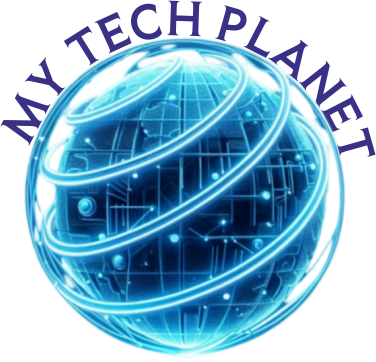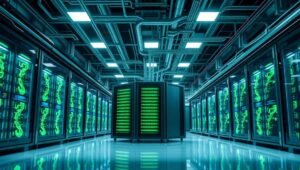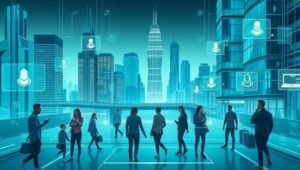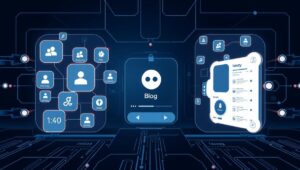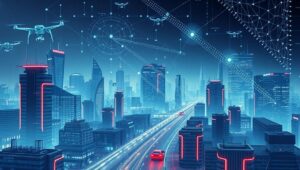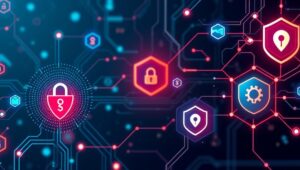Energy-Efficient Data Storage Solutions (2025 Focus)
Energy-Efficient Data Storage Solutions: A 2025 Outlook As we move closer to 2025, the demand for data storage continues to skyrocket. However, this growth comes with a significant challenge: the escalating energy consumption of data centers. This post explores the latest energy-efficient data storage solutions that are set to make a difference in 2025. The Growing Problem of Energy Consumption Data centers are notorious energy hogs. Traditional hard drives and SSDs consume considerable power, contributing to high operational costs and significant carbon footprints. As businesses and individuals generate more data, the need for sustainable storage solutions becomes increasingly critical. Key
